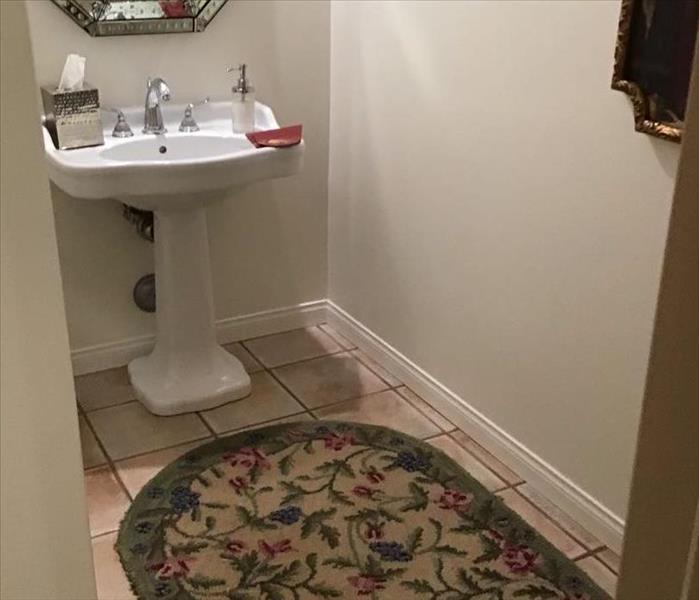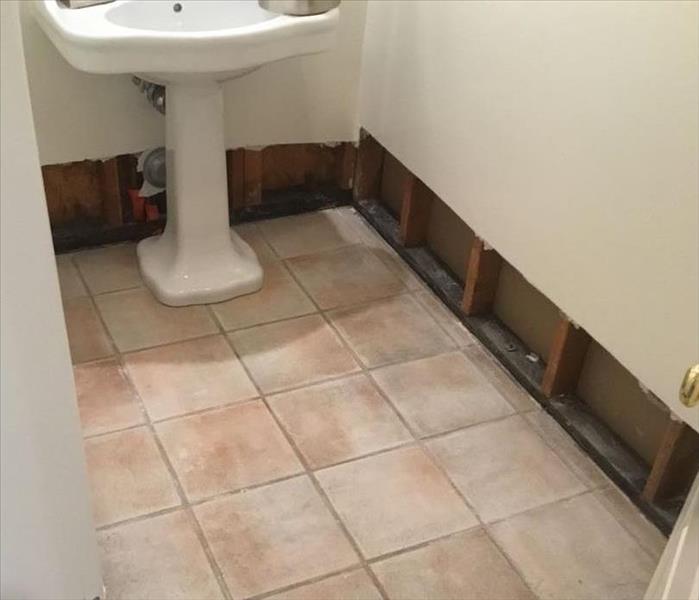
Step 4: Drying and Dehumidification
Our Water Damage Restoration Process
Most materials found inside a home or business are porous, such as wood, drywall or other flooring materials. Porous materials retain water and moisture when a water damage occurs, therefore they may appear dry, but in fact are not. If these materials are not properly dried, they can be further damaged and begin to break down, warp and/or grow mold. SERVPRO of Chatsworth/Stevenson Ranch will use state of the art moisture detection technology to locate which materials are wet and will devise a drying plan to avoid as much demolition as feasibly possible. Our technicians will mark which materials are wet so that both SERVPRO of Chatsworth/Stevenson Ranch and the property owner are both aware of damaged areas.
Drying / Dehumidification
Our Professionals will use room measurements, temperature, and relative humidity to determine the optimal number of air movers and dehumidifiers to dry your home or business. We’ll carefully monitor the progress using moisture meters until the materials return to acceptable drying goals.
- Use Dehumidification Equipment
- Use Monitoring Equipment to Track Progress
Monitor Floor and Walls
We check the moisture levels to monitor the drying process.
- Monitor Floors
- Monitor Walls
Drying Equipment
- Industrial-grade dehumidifiers help prevent secondary water damage like swelling and warping of floors, walls, and furniture.
- High-speed air movers create airflow across walls, carpets, pads, and furniture, which accelerates the evaporation of moisture.




 24/7 Emergency Service
24/7 Emergency Service


